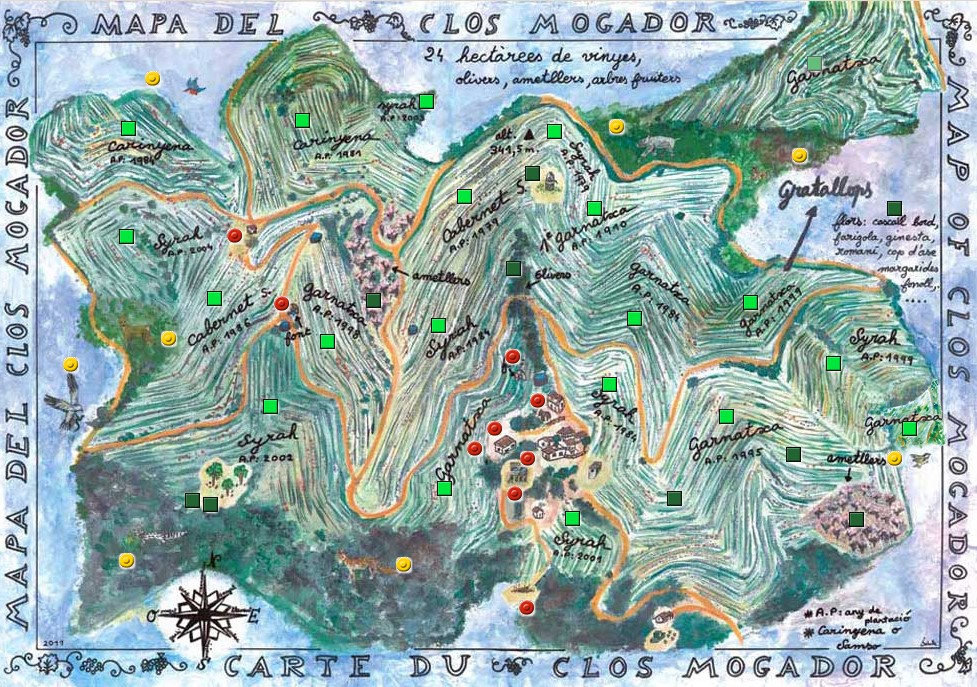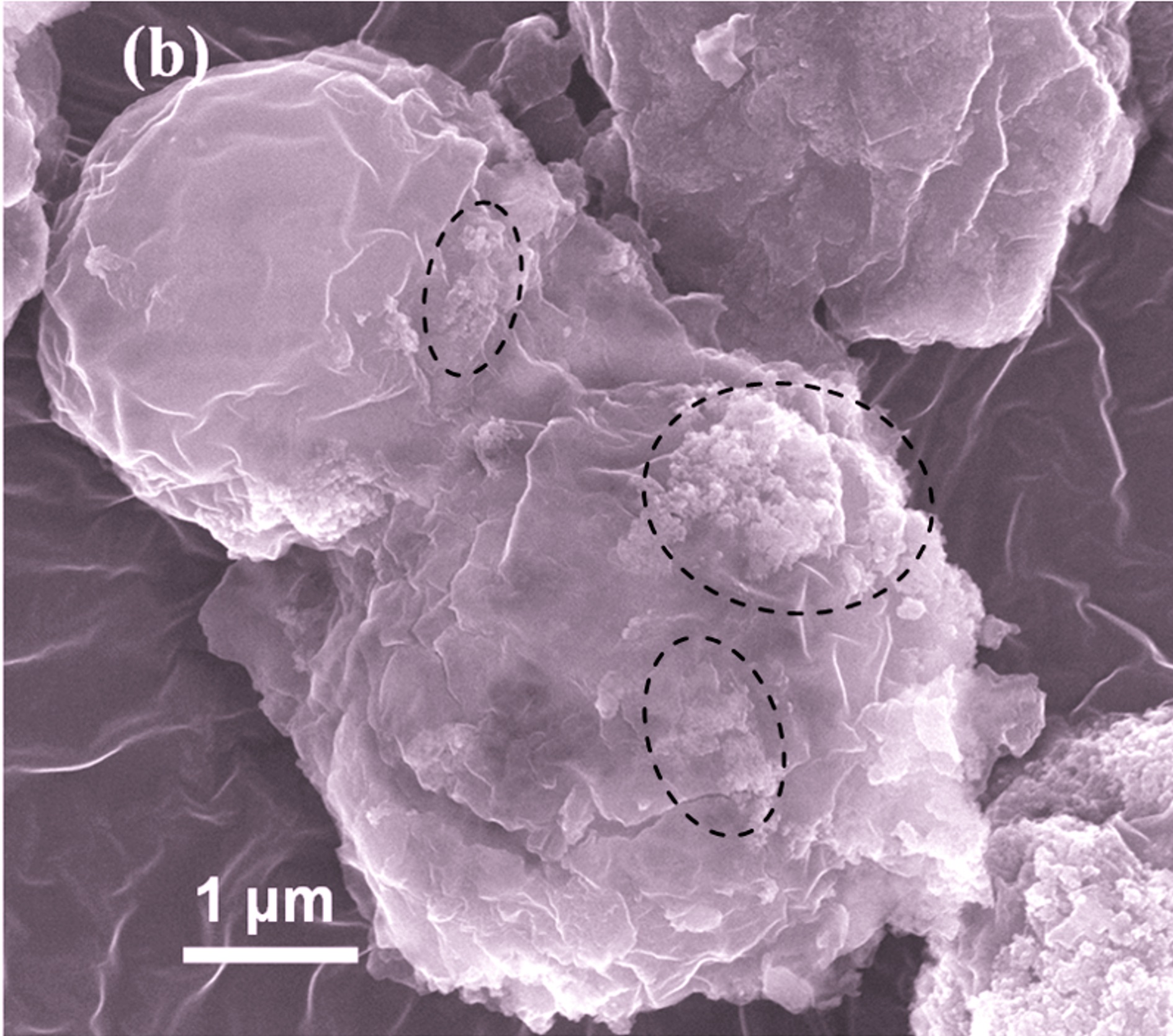Interview with Champagne Piper Heidsieck’s Émilien Boutillat
I spoke with Émilien Boutillat, chef de cave at Champagne Piper Heidsieck, this week from New York for an update on the maison’s sustainability initiatives and the launch of Essentiel in the U.S. Find the video here. Boutillat took the reins from Régis Camus, who now oversees Rare, in October 2018. He’s a native of Champagne where his father is a grower and has worked in winegrowing regions – including for Peter Michael in Sonoma – around the world. The interview touches on several topics with an emphasis on the company’s sustainability efforts which include being the first Champagne house to achieve B Corp certification (2022) in addition to holding HVE3 (Haut Valeur Environmentale Level 3) and VDC (Viticulture Durable en Champagne) since 2015. As of 2020 they no longer farm using herbicides and are working with their growers to acheive the same level of stewardship. Meet Bacchus, the Vitibot, and learn more about Piper Heidsieck’s goals to reduce their and the Champagne AOP’s carbon footprint by reducing bottle weights and with longer term measures …








